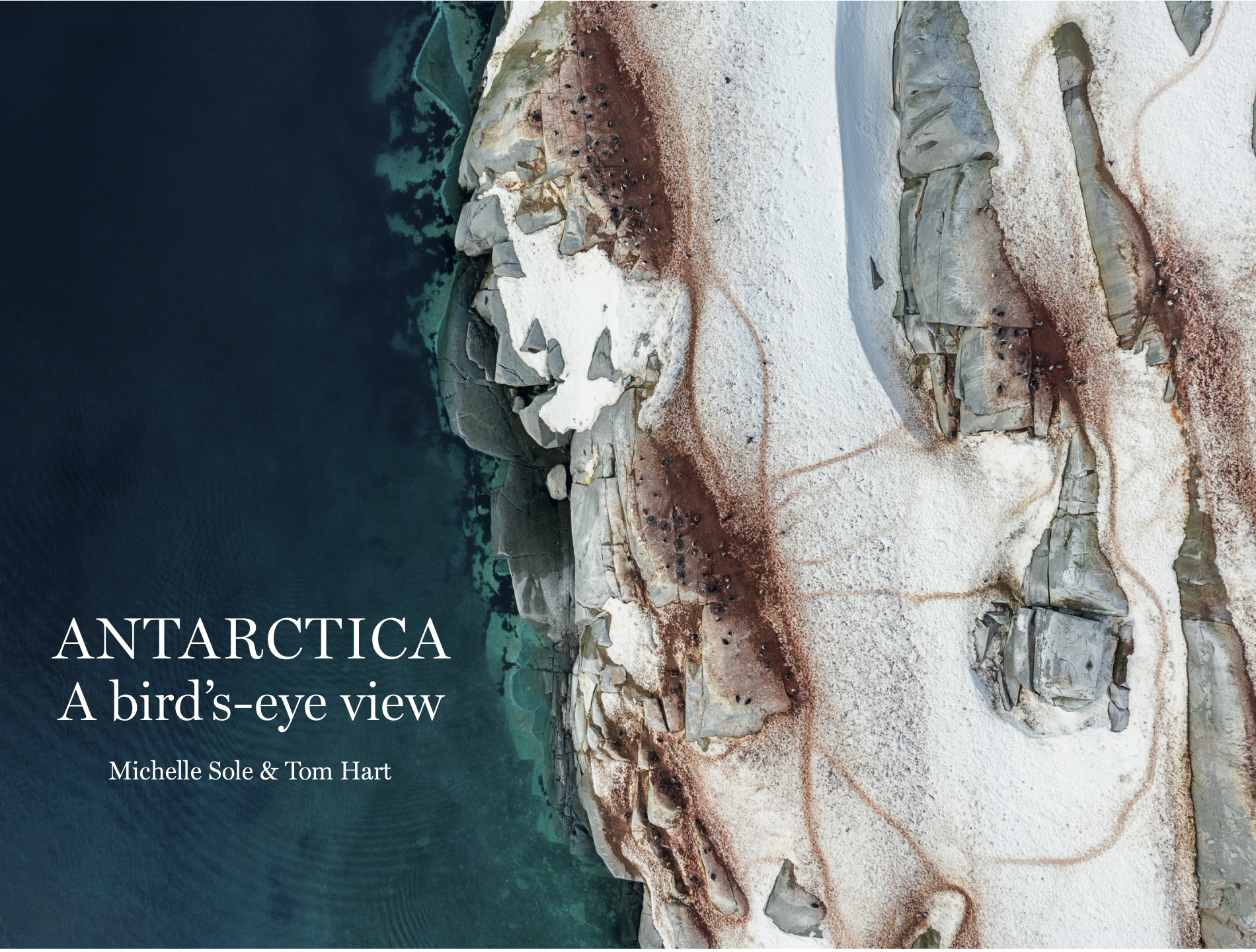 This stunning photographic book, written in collaboration with penguinologist Dr Tom Hart, offers a unique view of Antarctica from above and captures the wonders of this magical place, from vast icebergs to penguin colonies in their thousands. Each chapter includes an array of incredible captioned images, taken from both land and air, and describes the resident wildlife and conservation efforts in this remote area.
This stunning photographic book, written in collaboration with penguinologist Dr Tom Hart, offers a unique view of Antarctica from above and captures the wonders of this magical place, from vast icebergs to penguin colonies in their thousands. Each chapter includes an array of incredible captioned images, taken from both land and air, and describes the resident wildlife and conservation efforts in this remote area.
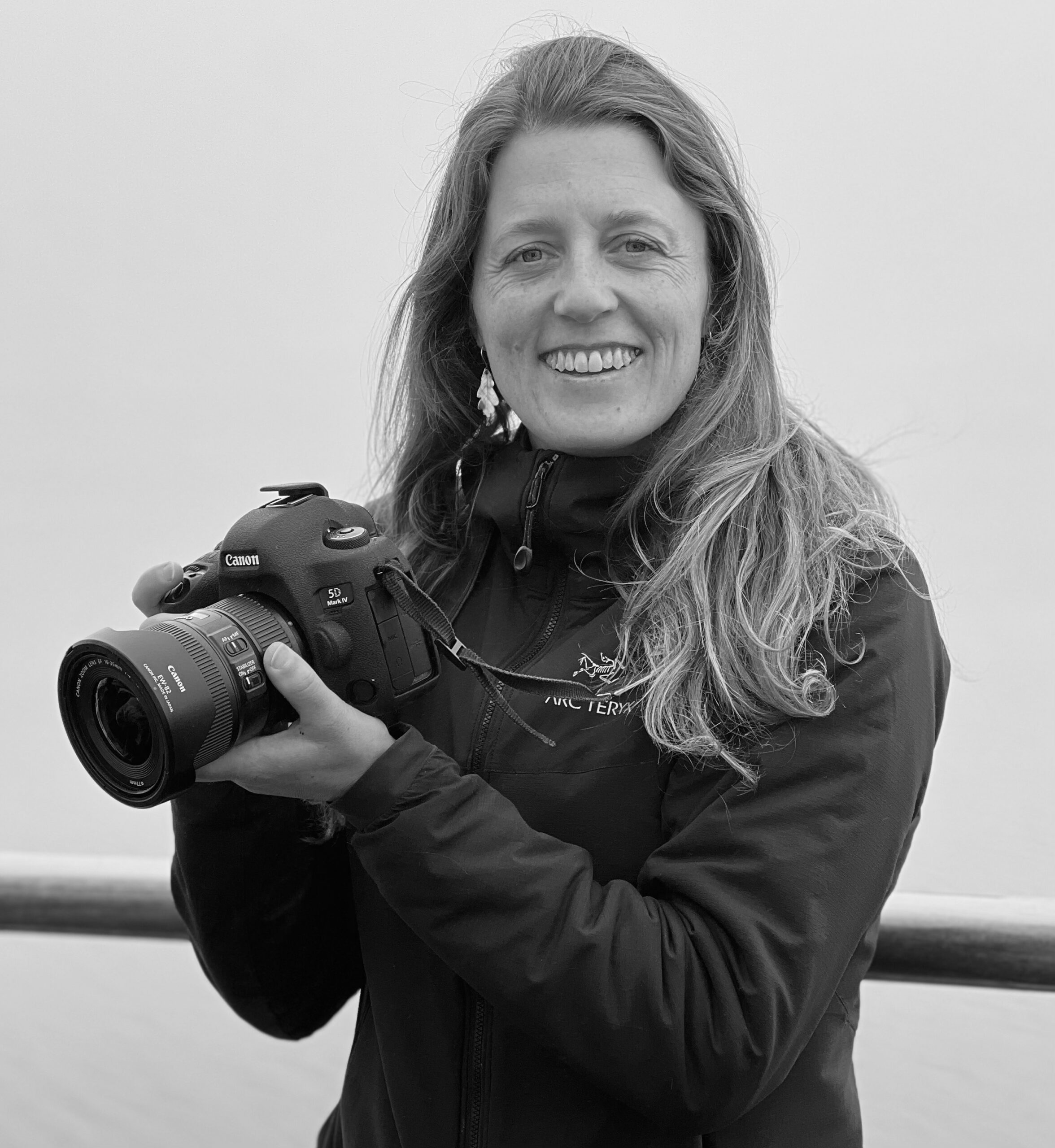
Michelle Sole grew up living between the rolling hills of England and the alpine wilds of Andorra. In 2011 she moved to South Africa, spending the following six years working as a Safari Guide and nurturing her passion for photography, before becoming a photography guide on expedition ships in Antarctica and the Arctic where she continues to challenge her photography in extreme conditions today. Michelle’s thrill for adventure, nature and the outdoors is evident throughout her photography and writing, and since her career began her work has been published worldwide in papers including Africa Geographic and The Daily Mail.
Michelle recently took the time out of her Antarctica expedition to Snow Hill Island to talk to us about the inspiration behind the book, the challenges she faced photographing such a challenging environment and more.
You began getting into photography when you moved to South Africa in
2011. What encouraged you to take the leap from the sunny African
plains to Antarctica, and how does photography compare from one
environment to another?
I worked as safari guide in South Africa and one of my guests just so
happened to be the president of a polar expedition company and he offered
me a job! The opportunity was too good to pass up and in 2017 I started
working as a photography guide in Antarctica and the Arctic regions.
The photography varies drastically between Africa and Antarctica. In Africa
you are often hiding from the sun and in Antarctica the elements are against
you. The light in Antarctica is a lot harsher than in Africa and photographing black and white penguins on bright white snow takes some practice.
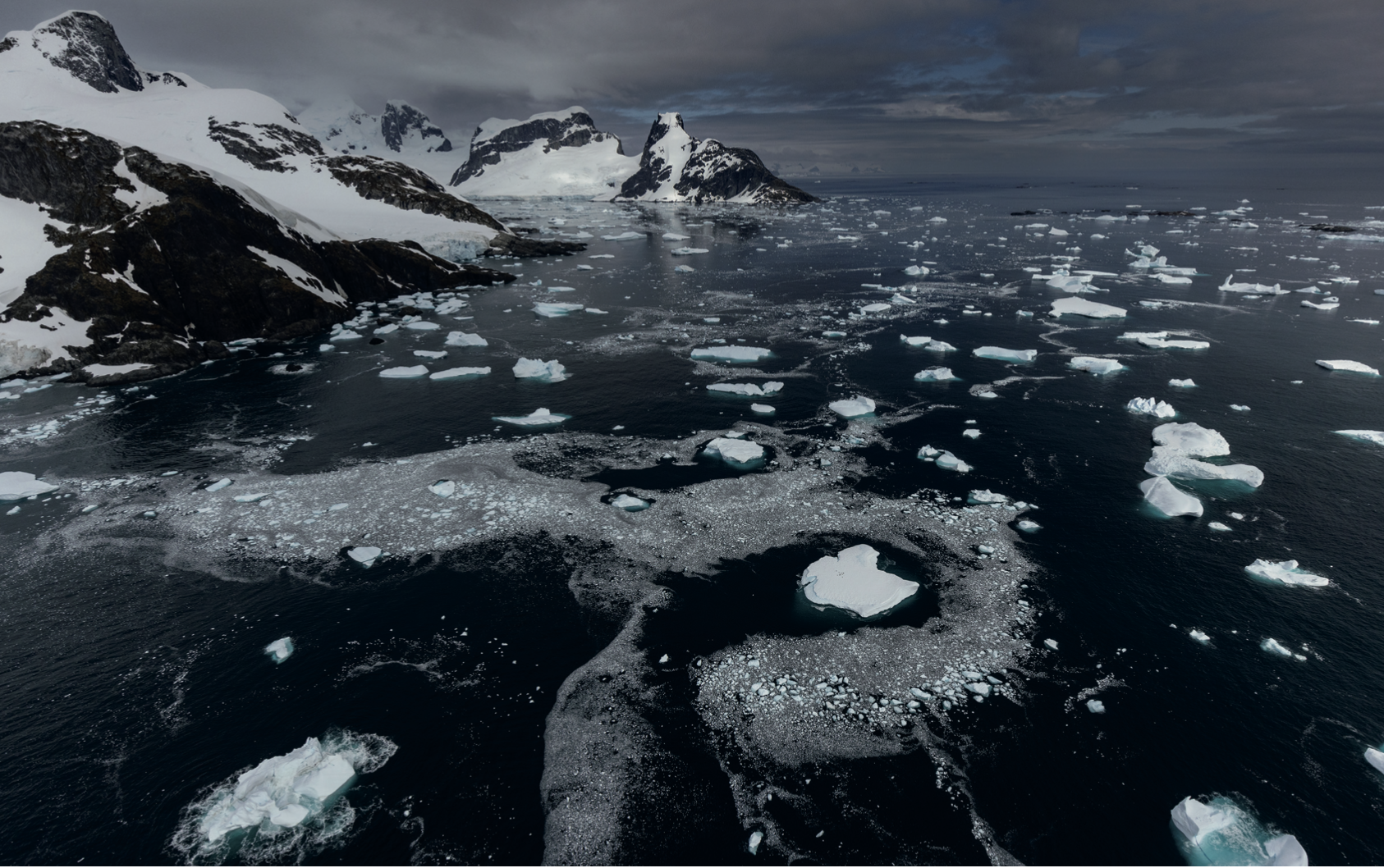
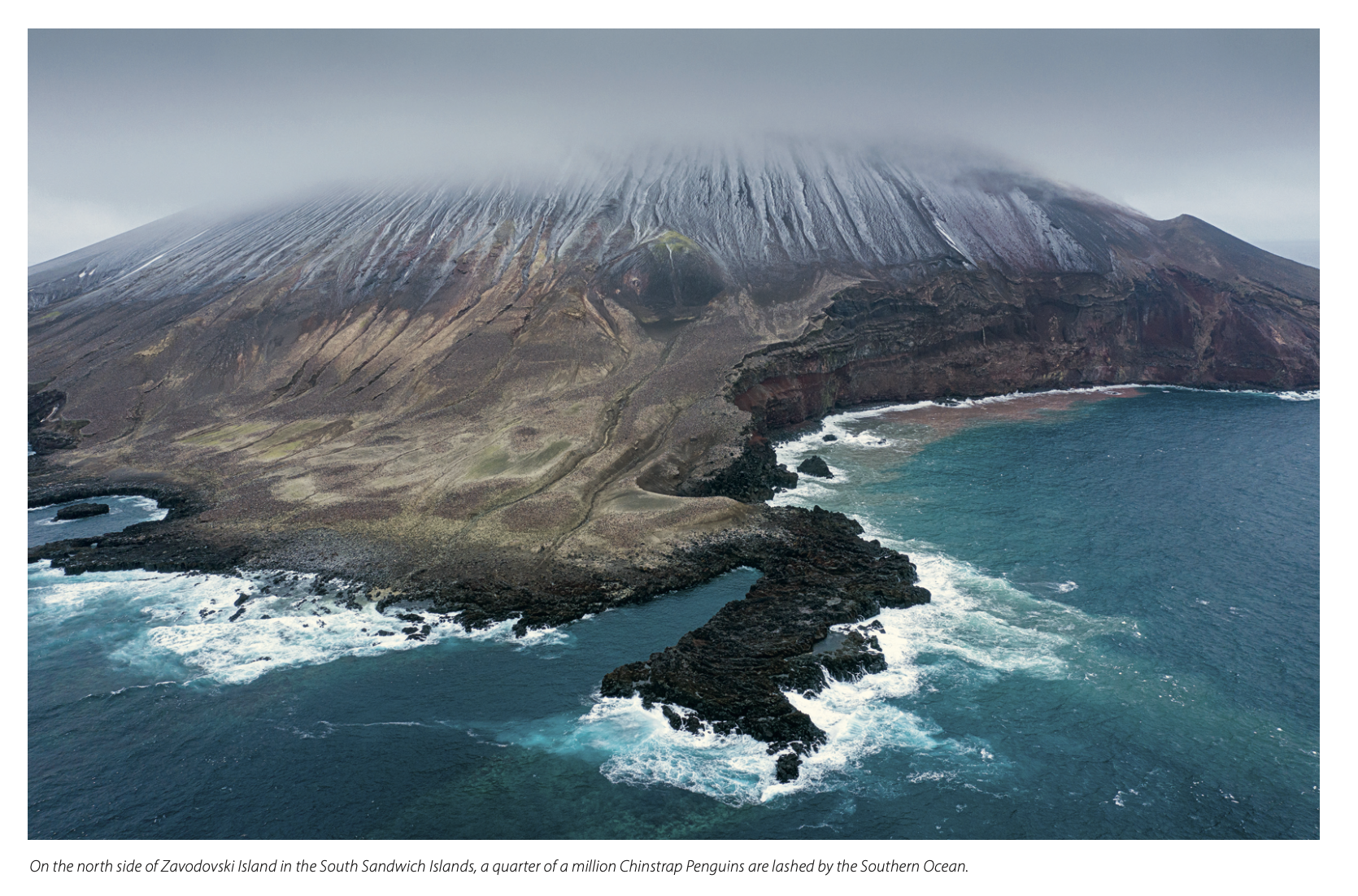
What was it that inspired you to create this book and capture Antarctica
from the sky rather than focusing solely on more conventional, land-
based photography?
I was approached by Dr Tom Hart from Oxford University to collaborate and
make this book. Tom had over 40,000 drone images from penguin and seal
surveys. These are used to try and gather population trends across different
locations in Antarctica and the Southern Ocean. I had a similar number of
images from the ground and a collection from helicopters. The aerial shots really add a different dimension and together with the images from the ground tell a grander and more unique story of the landscapes and wildlife of this remarkable place.
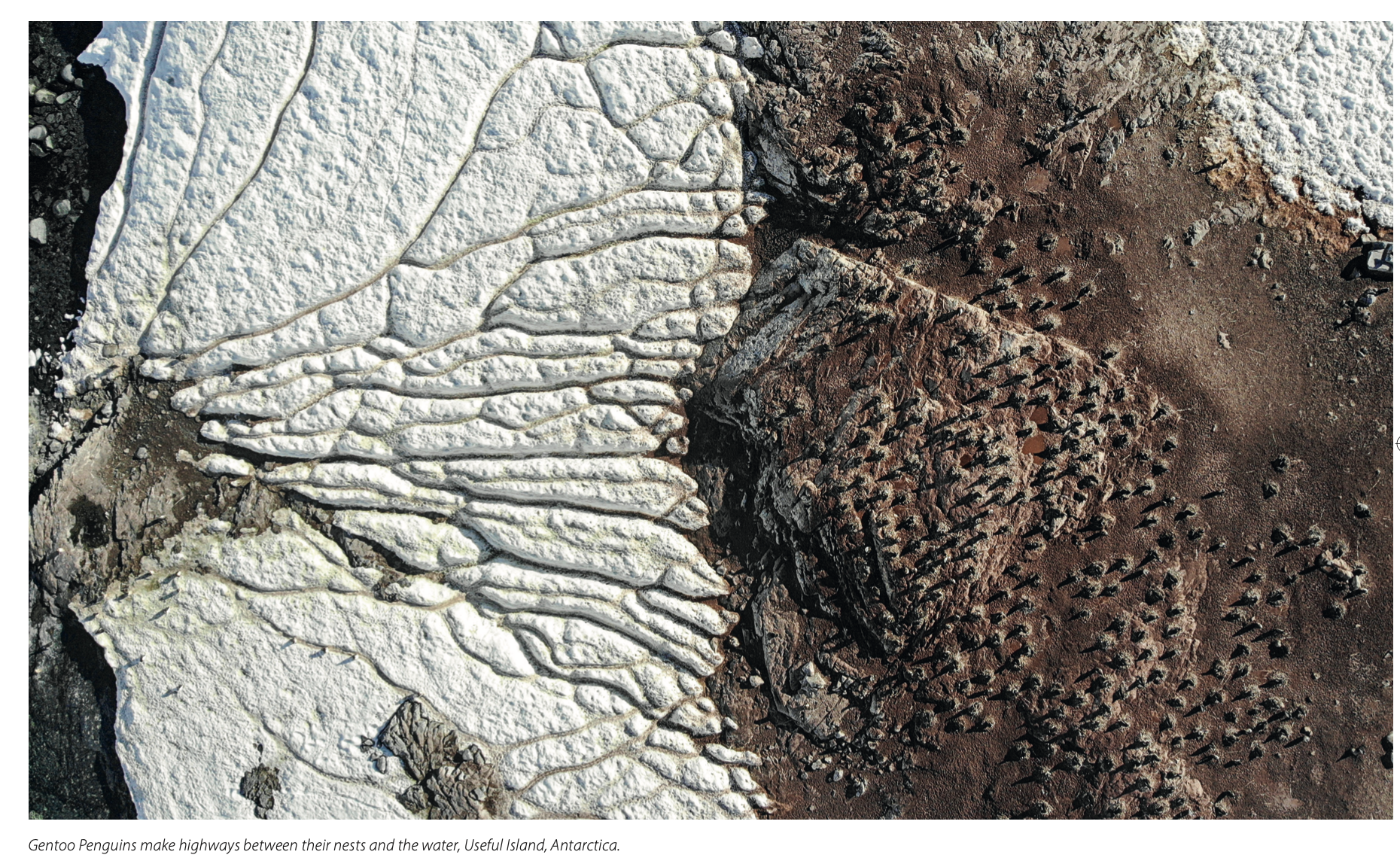
Did you face any significant challenges that you had to overcome while
taking photographs in such a remote, harsh and often unpredictable
environment?
Yes! The weather in Antarctica can be brutal. Some days you are battered by
the winds and you can’t feel your finger tips, or you could be in a snow storm with snow collecting on the top of your camera as you shoot. I always carry a towel in my bag to protect my gear. Salt water takes a major toll on photographic equipment and throughout the years I’ve tried to salvage numerous cameras, sadly they didn’t all survive. On top of that, I am often photographing from an unsteady platform – a zodiac (a type of rigid inflatable boat) that I am driving on the ocean.
Were you concerned over any possible impacts on the wildlife
that you photographed even though you used drones to capture some images?
Special permission was given to the researchers from the Penguin Watch
team to fly drones for scientific purposes to conduct penguin and seal surveys. The drones were flown at a non disturbance height. This is evident in the aerial wildlife photographs by the behaviour of the animals – the seals continue to sleep and the penguins continue to walk on their highways without so much as looking at the drone.
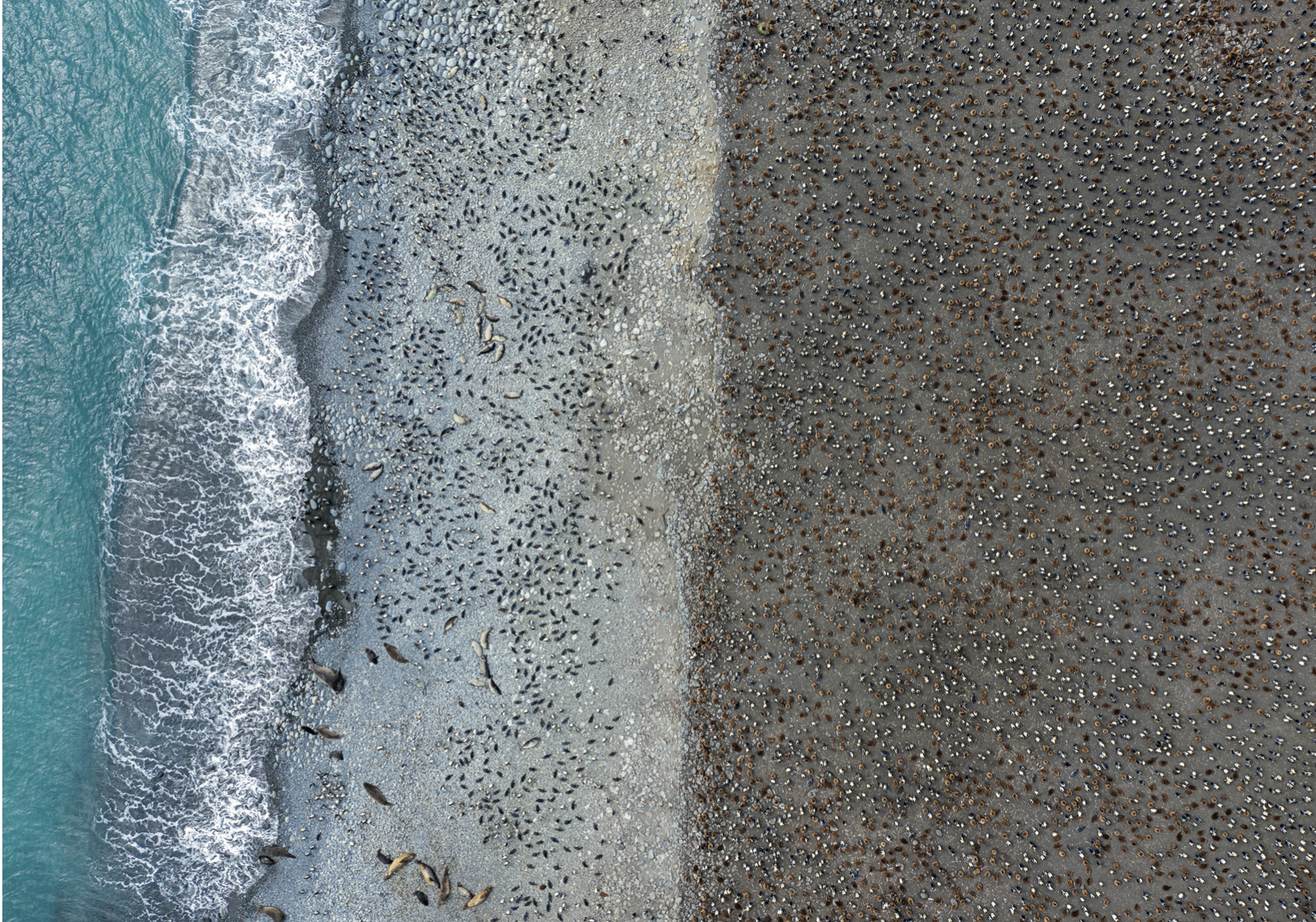
I was really surprised to see such a wide variety of habitats and species
in your photographs as I, like many, often think of Antarctica and the
surrounding areas as enormous ice-shelves rather than steaming
volcanoes and vibrant pumice rocks. Was there anything that took you
by surprise while you were out taking photographs for this book?
At the time of putting together this book I had six years of experience in Antarctica, so I was familiar with many of the different landscapes. However, on my first trip to Antarctica, like many others visiting for the first time, I was taken aback by the variety of landscapes on the seventh continent. As a guide in this environment, this initial wonder and surprise is something that I see in other people experiencing this for the first time on nearly every trip.
Are you currently planning to undertake any other photography projects
next year that we can hear a sneak-preview about?
As I write this I am currently onboard an expedition ship south bound to the most northerly Emperor Penguin colony in the world –Snow Hill Island,
Antarctica. I also work in the Arctic each summer and spend a significant
amount of time out in Africa. Although I have no current plans to produce
books on these areas, my photography portfolio continues to grow.
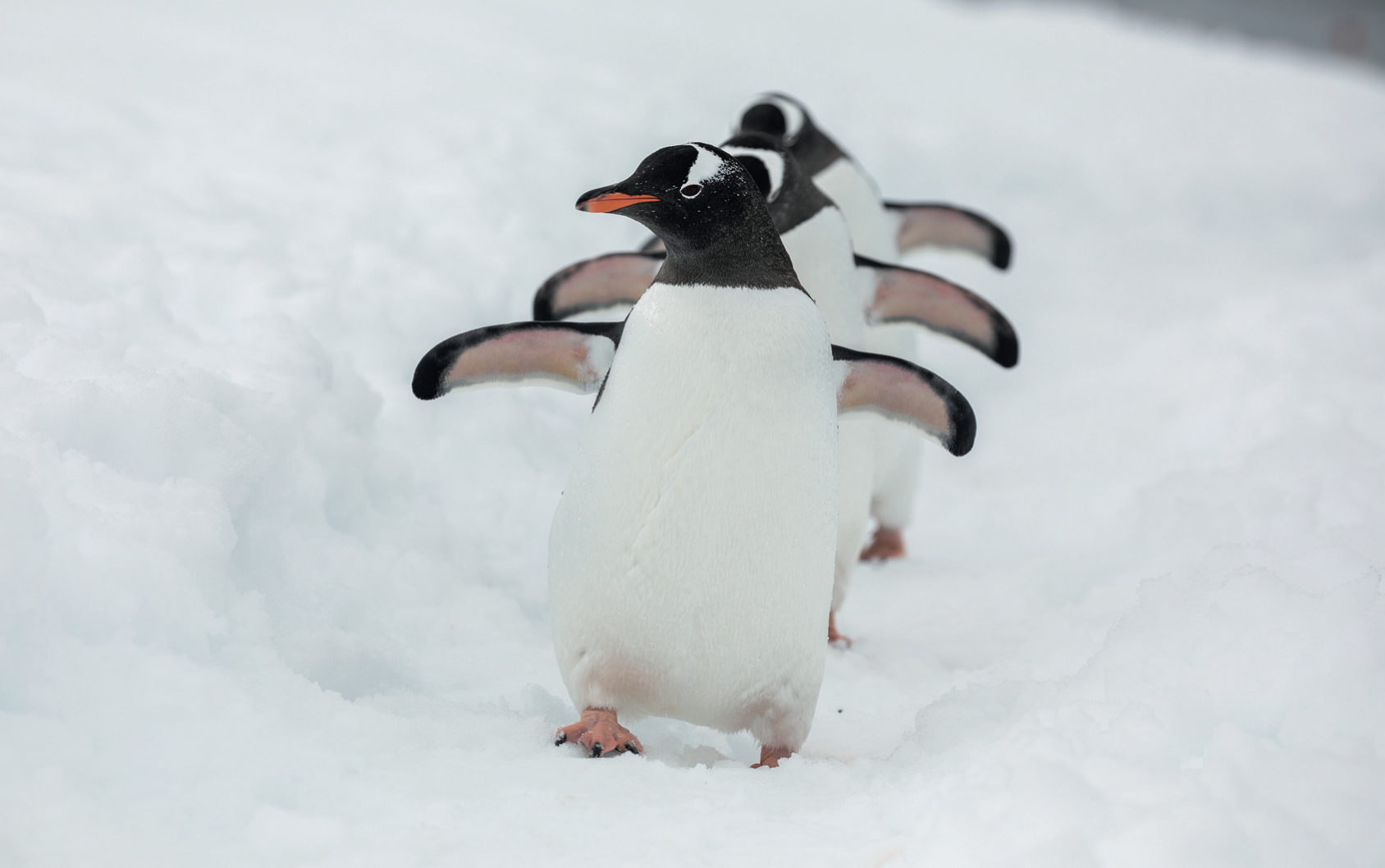
Antarctica: A Bird’s-Eye View has been privately published by author Michelle Sole and is available at www.nhbs.com/Antarctica: A Bird’s-Eye View.
25% of profits from the sale of this book is donated to Penguin Watch.
You can also visit Michelle’s website and follow her adventures on Facebook, Instagram and Twitter.







